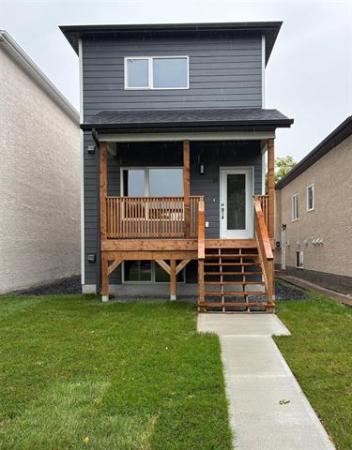QUESTION: I came across an article you wrote for the Winnipeg Free Press about tightening teleposts, so I thought that I would send you a question. I have two types of teleposts in my basement. One type has no visible nut, but a threaded shaft with a flattened section. The other type has what looks like an adjustable nut.
These are in a new home. I was told to turn the shaft nut counter clockwise to tighten, to make sure there are no gaps between the plate and beam. However, when I turned the shaft with the flattened section, using an appropriate wrench, I found that I was loosening the telepost, as there was a gap between the plate and beam. I quickly tightened the post going clockwise, returning it to its original position. I did not touch the other telepost, the one with nuts. Did I misinterpret the instructions to go counter-clockwise?
Answer:
Physical adjustment of teleposts can be a fairly straightforward job, well within the talents of many homeowners. However, knowing how to properly proceed without causing structural or cosmetic damage to the home is often best left to professionals. The direction and amount of adjustment may be a bit of a mystery, but critical measurements done prior to starting will be the key to a proper job. Teleposts are normally round or square steel tubes, with an integral adjustable threaded rod at one end, installed as columns under beam in our homes. The function of these vertical posts is to transfer the weight of main beam, and therefore the house floor system, to a portion of the house foundation. That part of the foundation is usually either poured concrete footings or deep concrete piers (piles).
Because of this fundamental structural function, any major issues with these inexpensive components may cause serious movement or damage to the home.
Adjusting a telepost may appear to be as simple as putting a wrench on a portion of the threaded rod and tapping it with a hammer until it rotates.
In reality, rotating these too quickly, or in the wrong direction as in the first question above, can cause the floor to rise or fall suddenly. In your new home, the larger teleposts with the nut on the threaded end of the post, are often used when placed over a pile. If your home does have piles under the foundation, there may be no need to touch the teleposts, ever. Unless there is significant shrinkage in the beam, floor joists or other supporting lumber, adjusting this will not be required.
These larger posts are also common when supporting an extra large beam, where a greater span is seen between supports. It is possible that there are footings under these heavy duty posts, but less likely. If there are footings under the teleposts, with our soil conditions, periodic adjustment will be required.
The first thing to determine is if your home is built on piles or footings.
Asking the builder, looking at the plans (if available) or calling the municipal zoning office to review their copy of the plans will yield the answer. If that is the case, don’t touch your teleposts unless they become loose. In that situation, rotating them until they are once again snug under the beam is all that is required.
Determining the direction or proper rotation will be a no-brainer in that unlikely situation. Otherwise, ignore the extremely bad advice given to you and leave well enough alone.
If it is determined that your home is built on footings, adjustments to the teleposts will be required within the first few years after possession. This will also apply to your older home in the second (unprinted) inquiry, which appears to have older wooden posts modified to act like teleposts.
In most homes on footings in our area, teleposts must be lowered over time to compensate for settlement in the perimeter foundation. In other words, the foundation and home is heavier at the perimeter than in the middle, so it normally sinks more in those areas than under the middle of the floor. Teleposts have to be gradually lowered to match that rate of settlement. Standard teleposts are lowered by turning the threaded rod so that it threads into the top of the column, rather than out of it. That is why using terms like clockwise and counter clockwise, or right and left, can be confusing.
The real key to doing telepost adjustments is determining how much the home has settled relative to the footings under each post. This requires measurements than can vary between being simple in an open, unfinished basement, to extremely complex in a basement with many partition walls or multiple beams. An experienced contractor or structural engineer should be consulted to do these measurements, to determine which direction and how far to go with each individual telepost, before any attempts are made.
Ari Marantz is the owner of Trained Eye Home Inspection Ltd. and the past president of the Canadian Association of Home & Property Inspectors — Manitoba (cahpi.mb.ca). Questions can be emailed to the address below. Ari can be reached at 204-291-5358 or check out his website at trainedeye.ca.
trainedeye@iname.com



